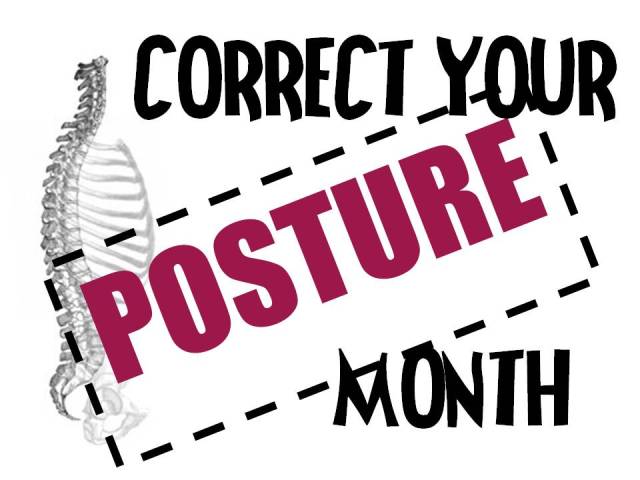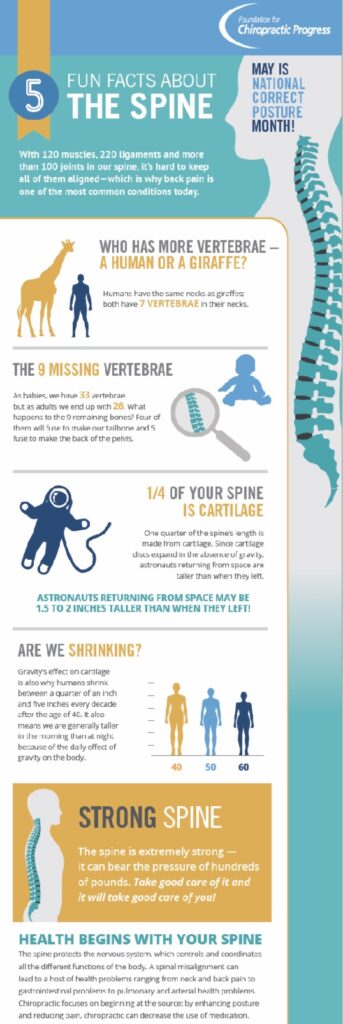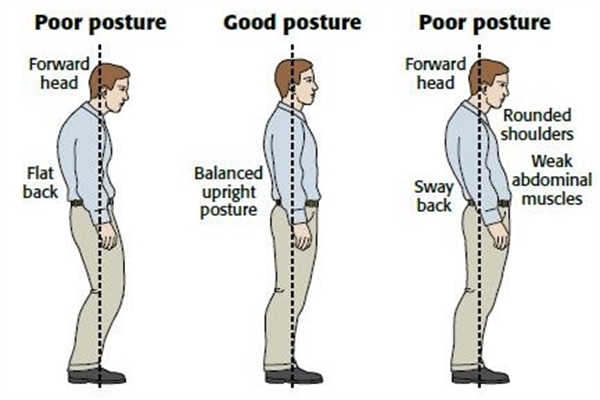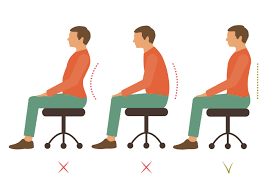* DISCLAIMER: THIS BLOG DOES NOT PROVIDE MEDICAL ADVICE. *
The information (including but not limited to, text, graphics, images, and other material) contained on this blog are for informational purposes only. No material on this blog is intended to be a substitute for professional medical advice, diagnosis or treatment. Always seek the advice of your physician or other qualified health care provider with any questions you may have regarding a medical condition or treatment and before undertaking a new health care regimen, and never disregard professional medical advice or delay in seeking it because of something you have read on this blog.

WHAT IS POSTURE?
Posture is how you hold your body.
There are two types different types of posture: Dynamic and Static.
-Dynamic posture is how you hold yourself when you are moving, like when you are walking, running, or bending over to pick up something.
-Static posture is how you hold yourself when you are not moving, like when you are sitting, standing, or sleeping.
HOW CAN POSTURE AFFECT MY HEALTH?
Poor posture (such as slouching or slumping over) can affect you head to toe, contributing to a number of problems:
Cause neck, shoulder, and back pain
Cause headaches and jaw pain
Cause knee, hip, and foot pain
Decrease your flexibility
Affect how well your joints move
Cause Shoulder pain and impingement
Affect your balance and increase your risk of falling
Make it harder to digest your food
Make it harder to breathe
Misalign your musculoskeletal system
Wear away at your spine, making it more fragile and prone to injury

HOW CAN I IMPROVE MY POSTURE IN GENERAL?
- Be mindful of your posture during everyday activities, like watching television, washing dishes, or walking
- Stay active. Any kind of exercise may help improve your posture, but certain types of exercises can be especially helpful. They include yoga, tai chi, and other classes that focuses on body awareness. It is also a good idea to do exercises that strengthen your core (muscles around your back, abdomen, and pelvis).
- Maintain a healthy weight. Extra weight can weaken your abdominal muscles, cause problems for your pelvis and spine, and contribute to lower back pain. All of these can hurt your posture.
- Wear comfortable, low-heeled shoes. High heels, for example, can throw off your balance and force you to walk differently. This puts more stress on your muscles and harms your posture.
- Make sure work surfaces are at a comfortable height for you, whether you’re sitting in front of a computer, making dinner, or eating a meal.

HOW CAN I IMPROVE MY POSTURE WHEN STANDING?
- Stand up straight and tall
- Keep your shoulders back
- Pull your stomach in
- Put your weight mostly on the balls of your feet
- Keep your head level
- Let your arms hang down naturally at your sides
- Keep your feet about shoulder-width apart

HOW CAN I IMPROVE MY POSTURE WHEN SITTING?
So many of us spend a good deal of time sitting – either at work, at school, or at home. It is important to sit properly, and to take frequent breaks:
- Switch sitting positions often
- Take brief walks around your office or home
- Gently stretch your muscles every so often to help relieve muscle tension
- Don’t cross your legs; keep your feet on the floor, with your ankles in front of your knees
- Make sure that your feet touch the floor, or if that’s not possible, use a footrest
- Relax your shoulders; they should not be rounded or pulled backwards
- Keep your elbows in close to your body. They should be bent between 90 and 120 degrees.
- Make sure that your back is fully supported. Use a back pillow or other back support if your chair does not have a backrest that can support your lower back’s curve.
- Make sure that your thighs and hips are supported. You should have a well-padded seat, and your thighs and hips should be parallel to the floor.
POSTURE TEST
You can take a posture test at home without any equipment. You will need someone’s help to take a measurement with a ruler or tape measure.
First, stand against the wall, with the back of your head touching the wall. Place heels 6 inches out from the wall.
Your buttocks and both shoulder blades should be touching the wall. Have someone measure the space between your neck and the wall. Also, measure the distance between the wall and the small of your back.
Both these measurements should be less than 2 inches. If the measurement is greater than 2 inches, you likely have poor posture and a curved spine.
There’s an app for that.

